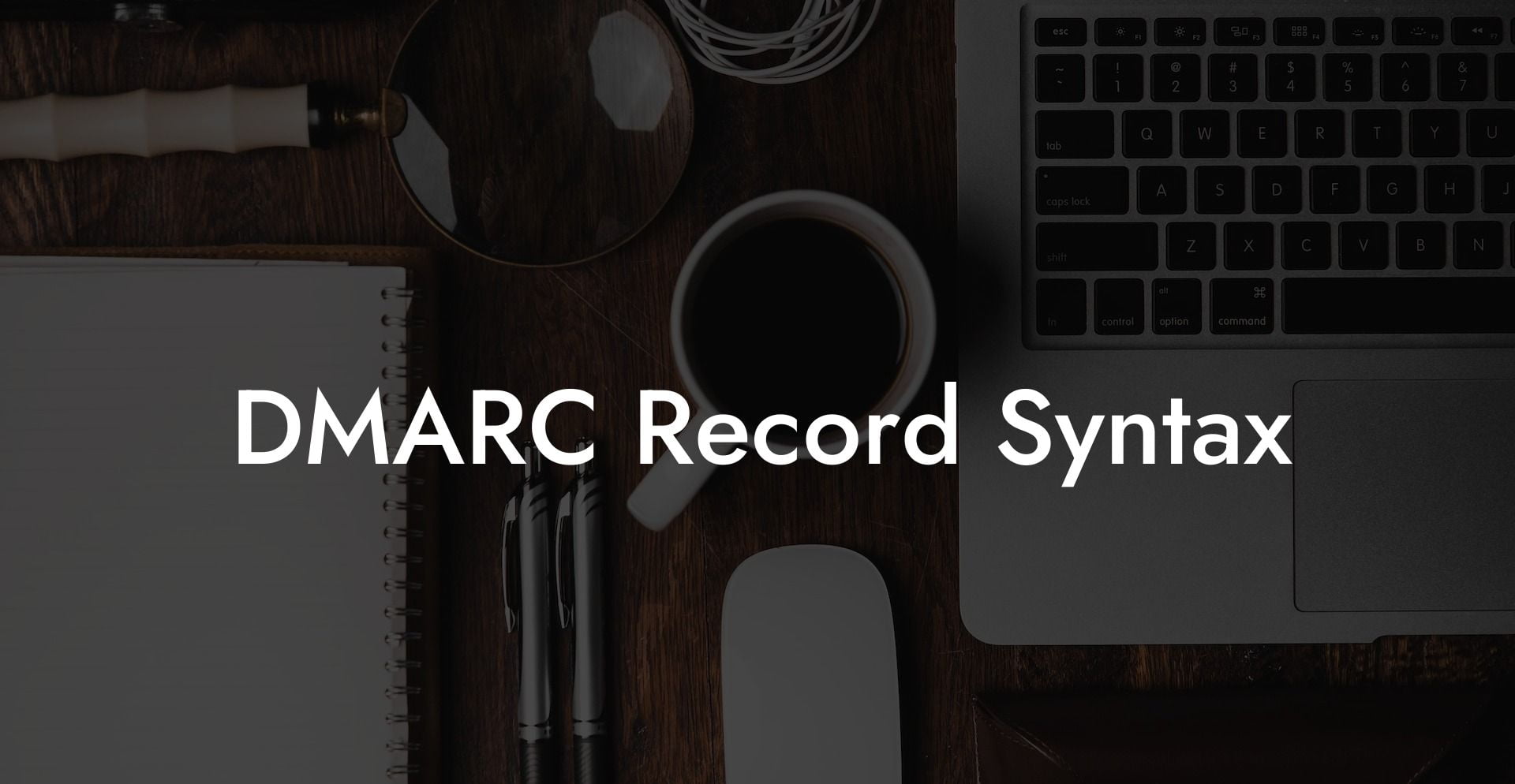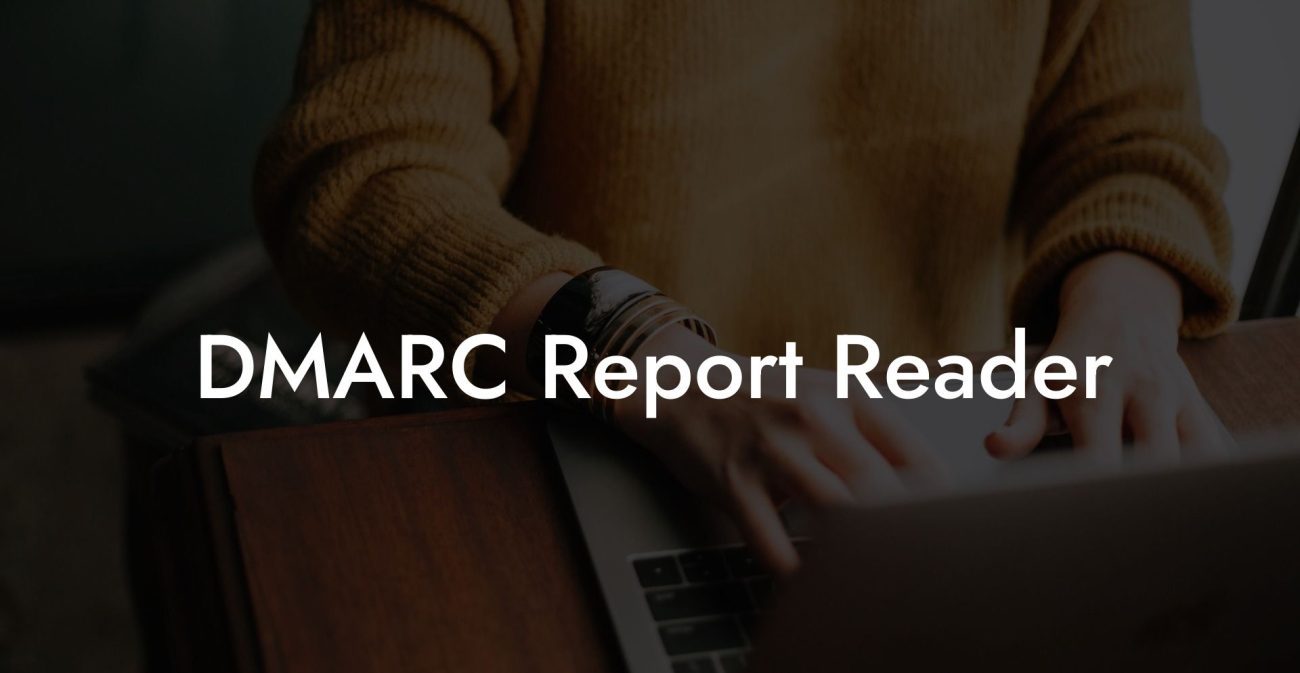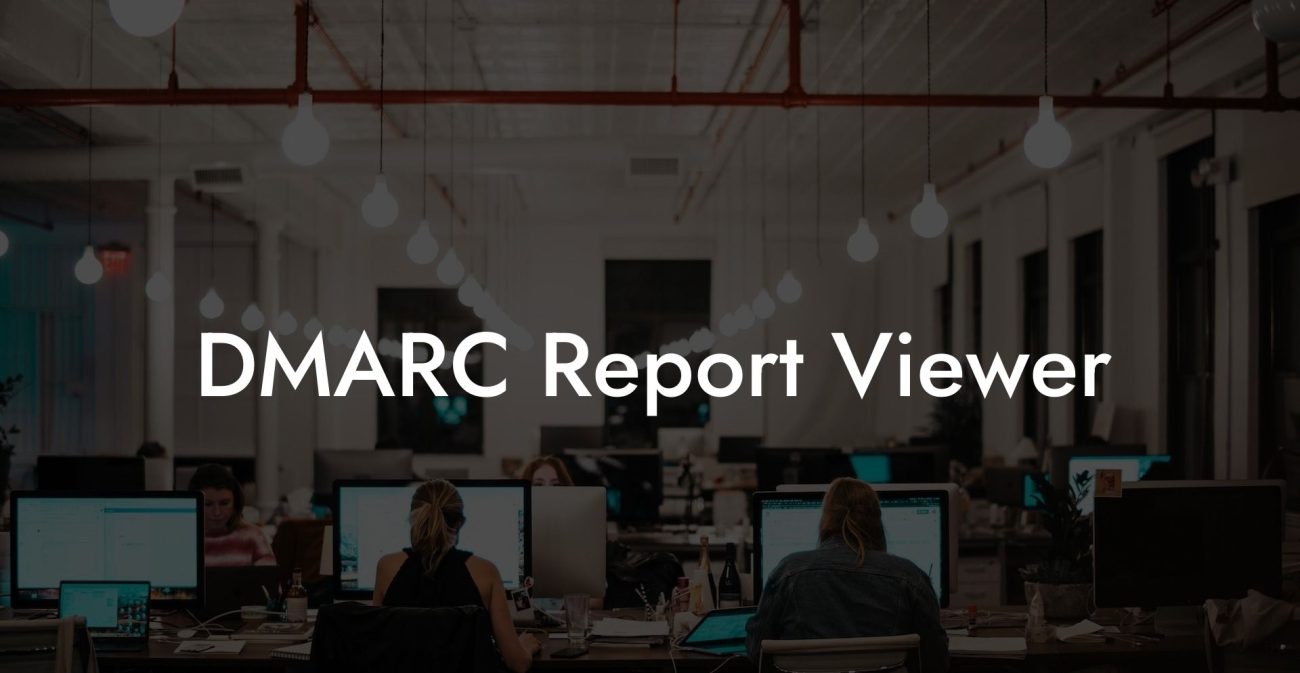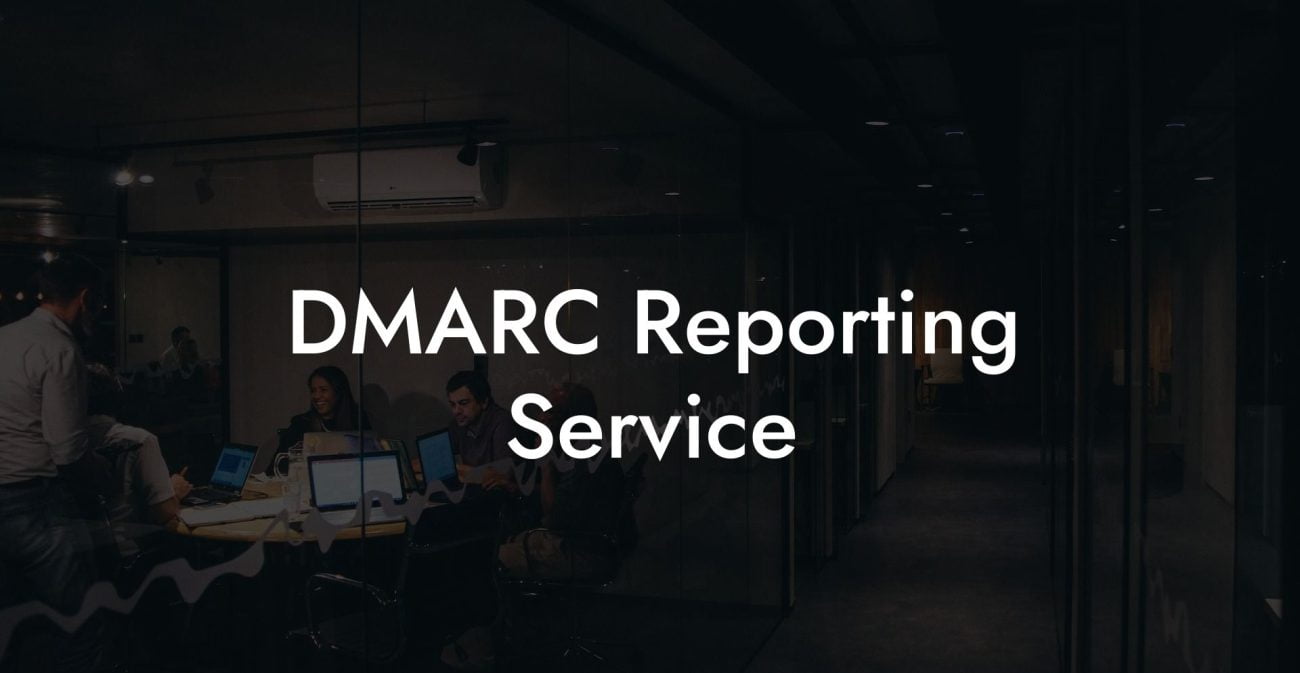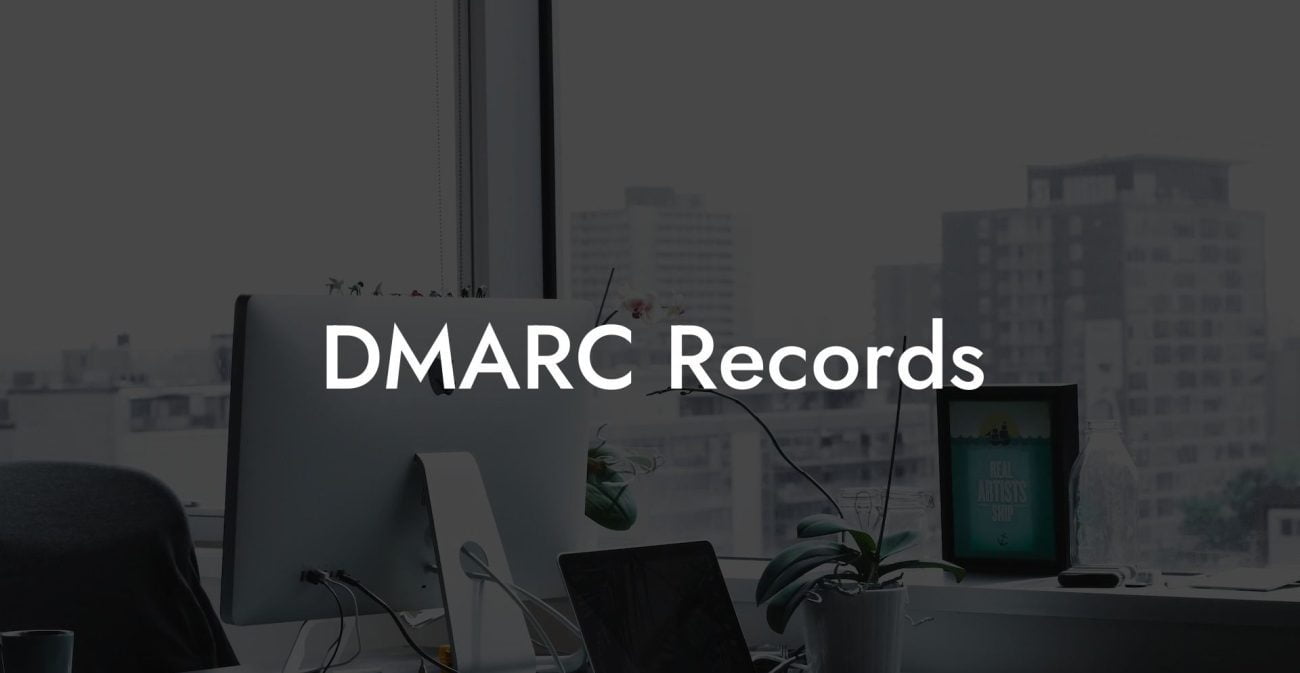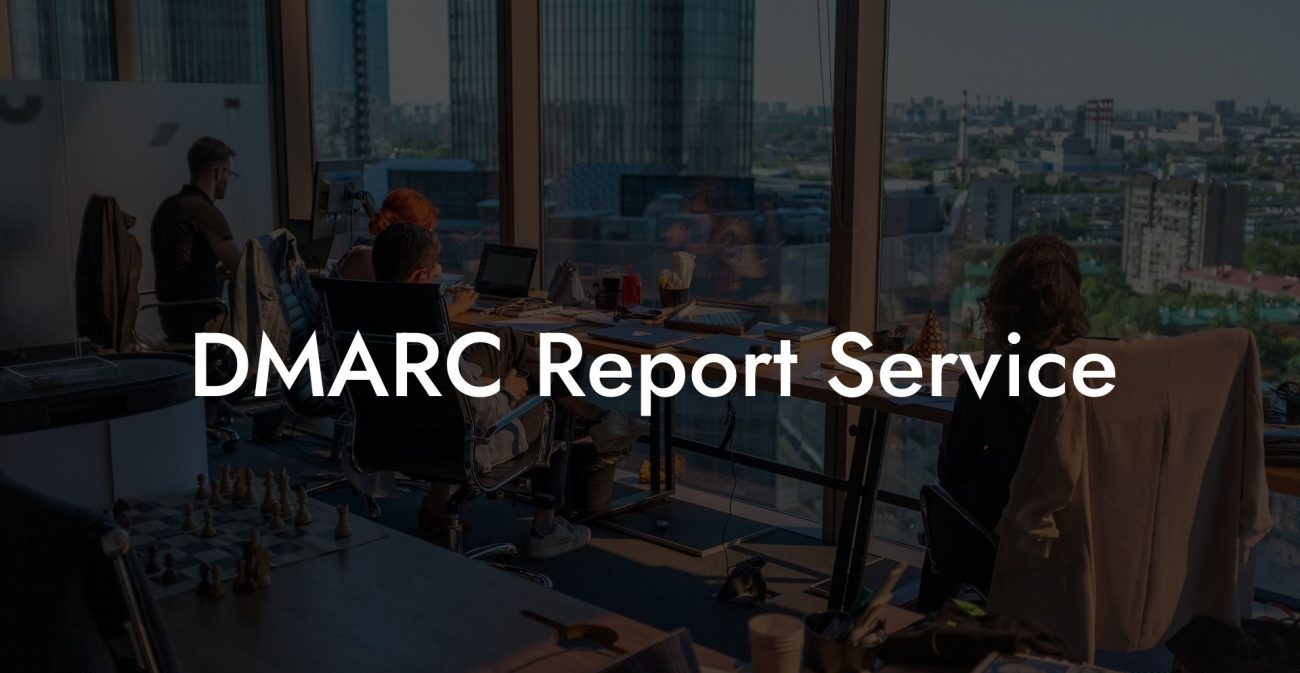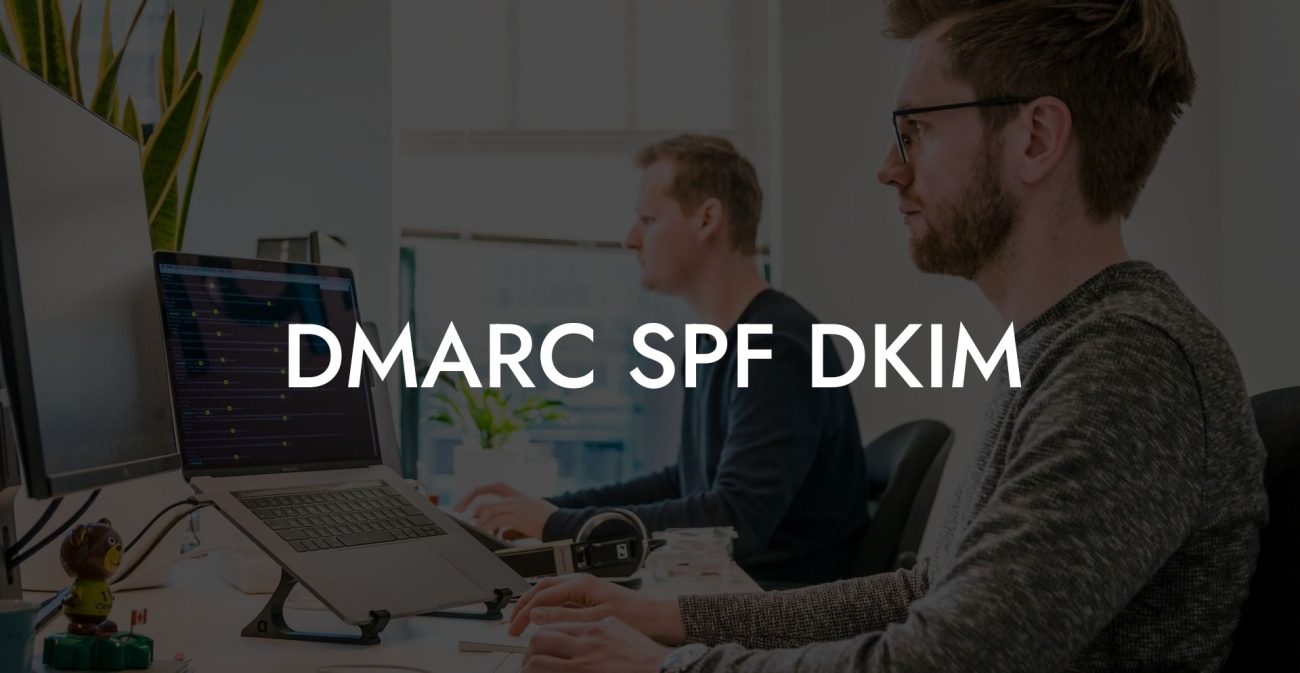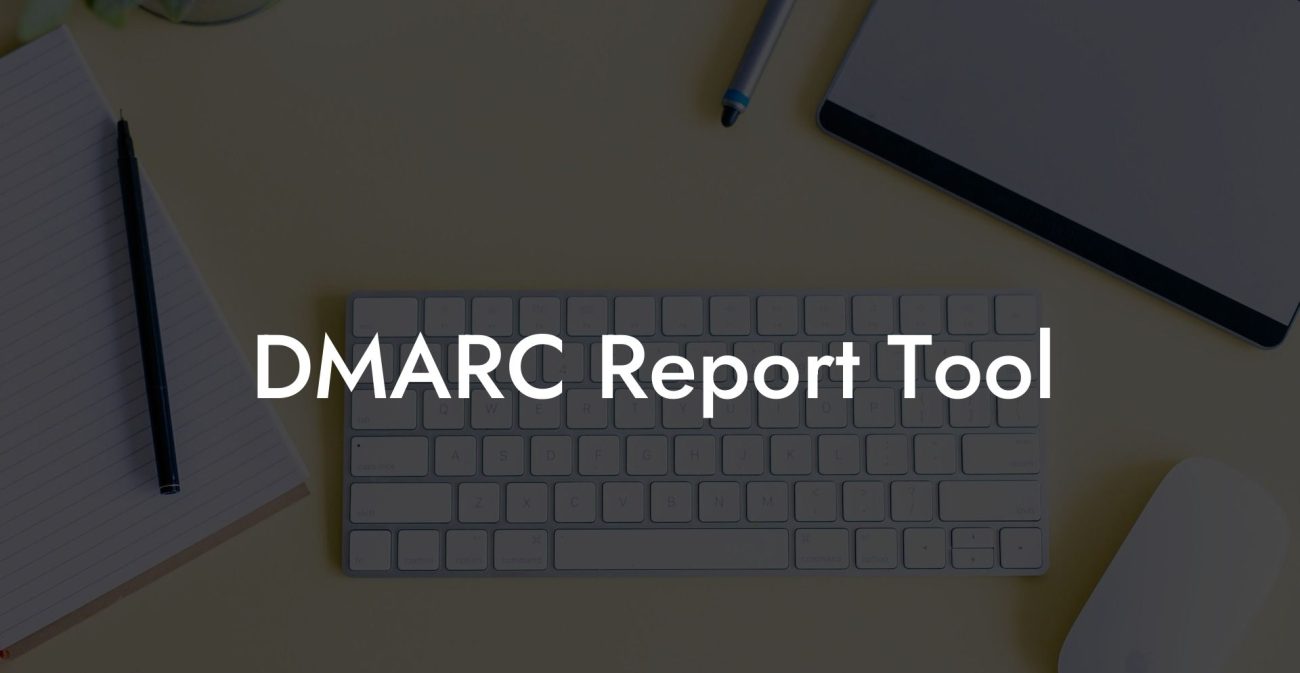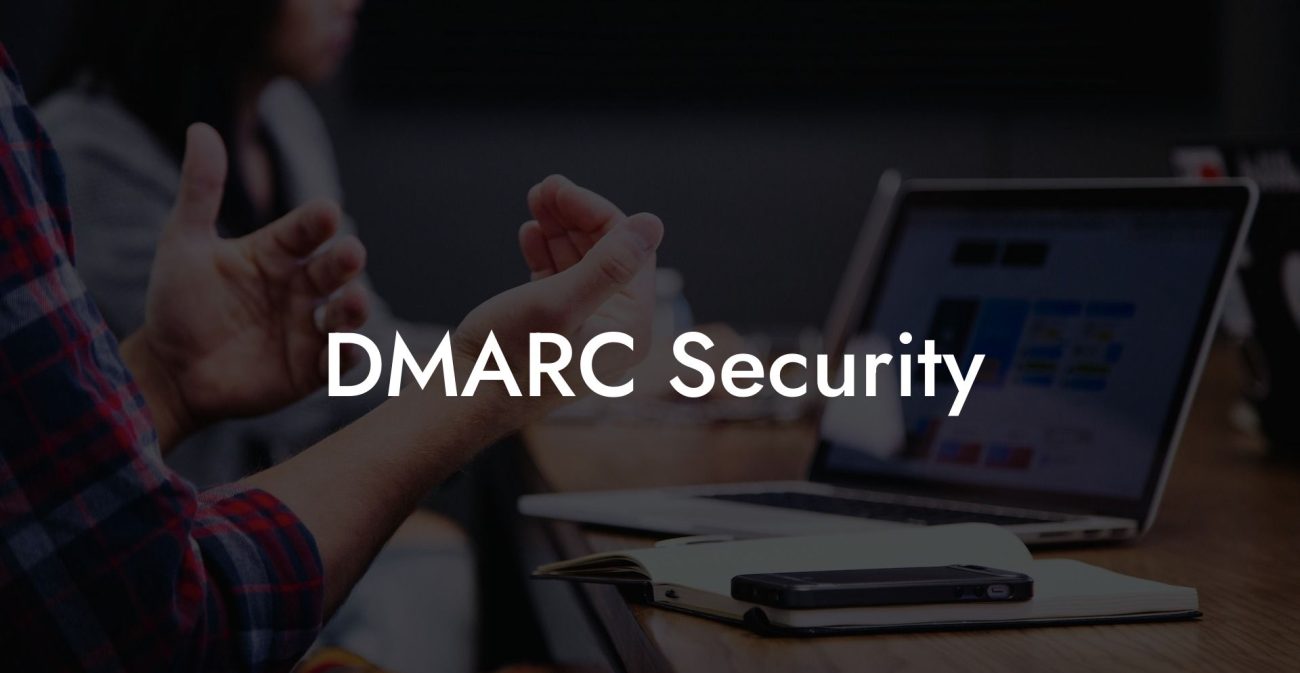Having a secure email system is crucial in today's world, and the implementation of DMARC (Domain-based Message Authentication, Reporting, and Conformance) plays a vital role in protecting your domain from fraudulent activities like phishing and spoofing. DMARC records help maintain a trustworthy online presence by ensuring that only legitimate messages are delivered to the intended recipients. In this guide, we will delve deep into the syntax of a DMARC record, gaining insights into its core components while providing a concrete understanding of how to configure it for enhanced email security.
What is a DMARC Record?
A DMARC record is a DNS (Domain Name System) TXT record that allows domain owners to specify the rules and policies for email authentication and validation. It connects with SPF (Sender Policy Framework) and DKIM (DomainKeys Identified Mail) to achieve an advanced level of email protection, enabling domain owners to monitor and manage emails sent from their domain and prevent unauthorized usage.
DMARC Record Syntax
Protect Your Data Today With a Secure Password Manager. Our Top Password Managers:
The syntax of a DMARC record is a combination of multiple tags, separated by semicolons (;). These tags are vital for defining various policies and reporting options and can be customized according to specific needs.
Required Tags:
- v (version): Indicates the DMARC version, which is DMARC1 in most cases.
- p (policy): Specifies the policy to be applied to emails that fail DMARC validation. It can be set to 'none', 'quarantine', or 'reject'.
Optional Tags:
- rua (reporting address for aggregate reports): Designates the email address where the domain owner will receive aggregate reports from mailbox providers.
- ruf (reporting address for forensic reports): Indicates the email address for receiving forensic reports, which contain a detailed analysis of emails that failed DMARC validation.
- sp (subdomain policy): Specifies the policy for subdomains if it differs from the main domain policy.
- adkim (DKIM alignment): Determines the strictness of DKIM alignment. It can be set as 's' (strict) or 'r' (relaxed).
- aspf (SPF alignment): Defines the strictness of SPF alignment, either 's' (strict) or 'r' (relaxed).
- pct (percentage): Indicates the percentage of emails subjected to DMARC filtering, with default being 100%.
- rf (report format): Sets the format of forensic reports. The standard format is 'afrf' (Authentication Failure Reporting Format).
- ri (report interval): Specifies the interval, in seconds, between aggregate reports. The default value is 86400 (24 hours).
- fo (forensic reporting options): Configures the conditions triggering forensic reports, with possible values being '0', '1', 'd', or 's'.
DMARC Record Syntax Example:
Let's consider an example of a DMARC record with syntax tags from both the required and optional categories:
v=DMARC1; p=reject; rua=mailto:reports@example.com; ruf=mailto:forensic@example.com; adkim=s; aspf=r; pct=100; rf=afrf; ri=86400; fo=1
In this example:
- The DMARC version is DMARC1.
- The policy is set to reject emails that fail DMARC validation.
- Aggregate reports will be sent to reports@example.com.
- Forensic reports will be sent to forensic@example.com.
- DKIM alignment is strict, and SPF alignment is relaxed.
- 100% of emails will be subjected to DMARC filtering.
- Forensic report format is afrf.
- Aggregate report interval is set to 24 hours (86400 seconds).
- Forensic reports will be sent for any emails that fail DKIM and SPF alignment.
Understanding and implementing the correct DMARC record syntax is a crucial step towards safeguarding your email system against potential security threats. By strengthening email authentication and validation processes with the help of DMARC, you can significantly reduce the risk of phishing and spoofing attacks while ensuring a secure communication experience for your users. If you found this guide helpful and informative, don't hesitate to share it and explore other guides on Voice Phishing for more valuable information on cybersecurity!
Protect Your Data Today With a Secure Password Manager. Our Top Password Managers:

